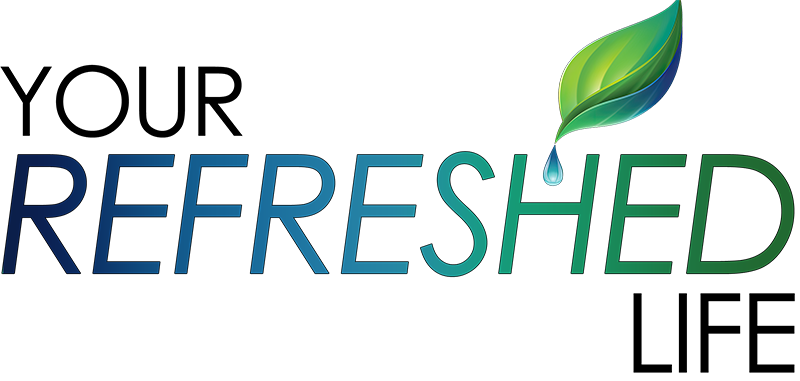5 Steps to Eliminating Your Limiting Beliefs
Mike Hyatt, in his book, “Your Best Year Yet” lists three types of limiting beliefs. They are beliefs about the world, beliefs about others, and beliefs about ourselves. These are conclusions created by us based on our particular life experiences and maintained with little thought or examination as to their validity.
A belief about the world might be, “I can’t start a new business because the market is horrible right now.” A limiting belief about others could be, “There’s no reason to ask her to help. She’s too busy.” Limiting beliefs about ourselves might include, “I can’t paint. I’ve never been creative.”
How do we revise our limiting beliefs? Hyatt explains you don’t have to be hemmed in by limiting beliefs. You can exchange them for liberating truths. Here are the steps:
1. Recognize Your Limiting Belief
Some giveaways might be:
· Black-and-white thinking- Assume we’ve failed if we don’t achieve perfection.
· Personalizing- Blame ourselves for random negative occurrences.
· Catastrophizing- Assume the worst with little evidence.
· Universalizing- Take a bad experience and assume it’s true across the board.
2. Record Your Belief
· I don’t have enough experience.
· I always quit.
· I’m not creative.
· I always fail eventually.
3. Review Your Belief- Attempt to objectively evaluate whether the belief is empowering. Is it enabling you to accomplish the outcome you desire or keeping you from doing so?
4. Reject or Reframe Your Belief- If a limiting belief is false, you can simply reject it. It’s a choice. Then write down the opposite of the limiting belief, and discover your liberating truth. For example, one man’s limiting belief was, “I’m just not good with relationships.” So as a liberating truth he wrote down, “I’m good with relationships,” and then listed every relationship that had been successful in his life. He found it amazing that he had allowed one failed relationship in particular to color his complete view of himself in such a negative way.
Reframing is different than rejecting. Hyatt writes, “Many limiting beliefs have a kernel of truth in them. That’s what makes them so convincing. But they’re not the whole truth. If a limiting believe is true or partly true, you don’t have to settle for it. You can always recast your story.” One person blamed his unemployment on his age. Hyatt responded, “I pointed to the facts that older workers often have assets employers covet and which are perfectly suited for the entrepreneurial environments, including life experiences, intellectual capital, and deep social network.” Reframing is simply looking at your limiting belief and recognizing you can choose to embrace a different perspective.
5. Revise Your Belief-Reorient your thinking around a new and liberating truth by creating a thought or phrase that replaces that limiting belief. For example in my life, I choose a promise from God’s word to replace my limiting belief. If I face a challenge, instead of accepting my original thought that I can’t do whatever it is, I repeat in my mind, “I can do ALL things through Christ who gives me strength.” (Philippians 4:13)
Let’s anticipate all God has for us this fall and get excited! Could you take a moment and share ways you overcome your limiting beliefs! Email me at: info@yourrefreshedlife.com. I’d love to hear from you!







